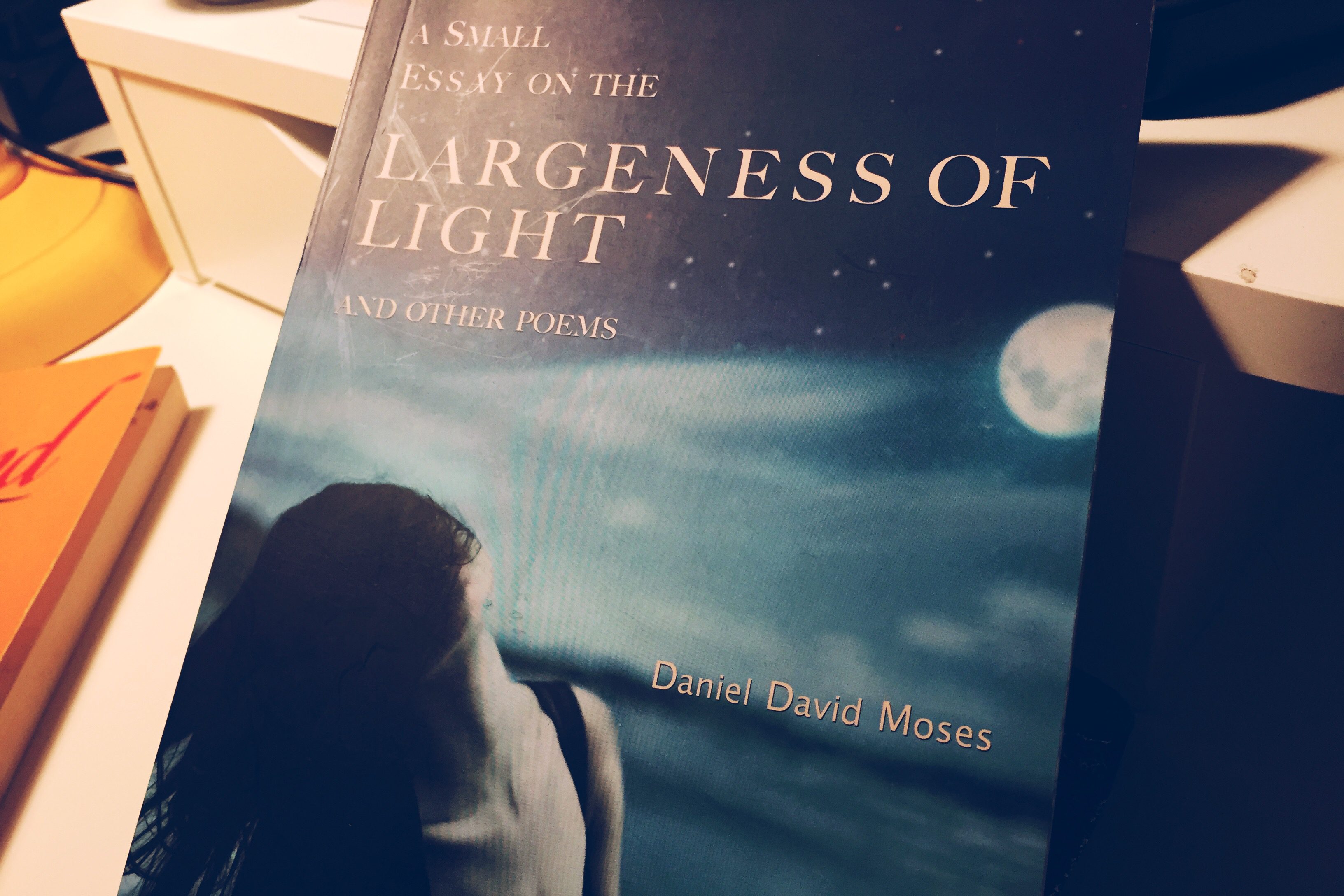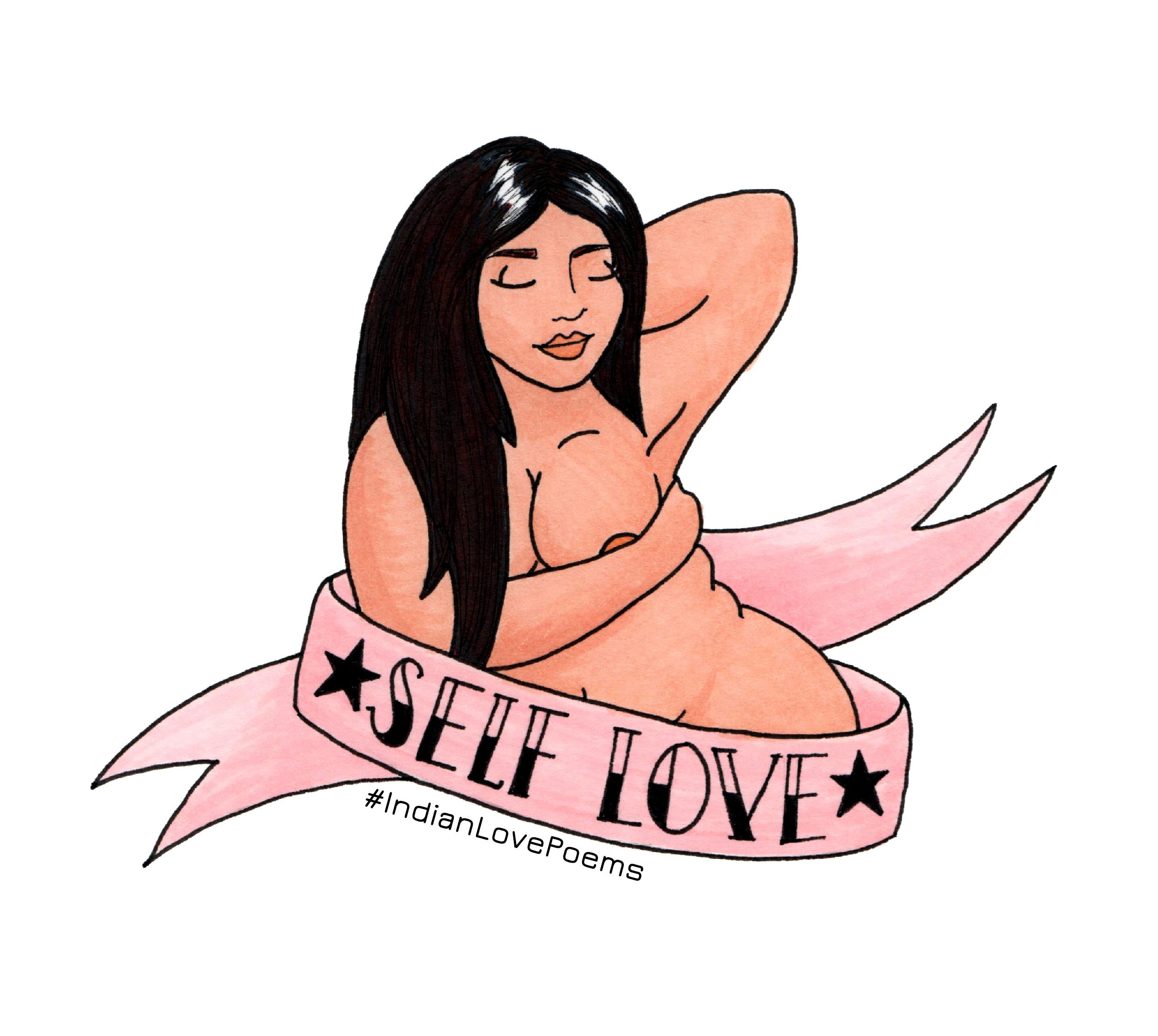
In general, I find DDM’s work to be reminiscent of the Romantics, the Victorian’s – strong imagery, concise language, idealism. It also reminds me of Pauline Johnson’s work in that way as well – scholastic and formal in both language and structure. I donjon it, but I also feel constricted by it – I want the words to move more, to take over the page, and perhaps the poetry’s greatest strength is in the power it holds in it’s very structure.
The Longest Night – p. 30
This is a very classic style of poetry – strict structure and pattern. I find that Daniel’s poetry is very traditional in this sense, always an interesting contrast against the more free-form and oral stream structures of a large amount of Indigenous poetry.
This poem is about how comfortable one feels with Night – speaking perhaps of the long Winter nights we have in Canada. That his comfortable ness is filled with civility – claiming there is nothing “untamed” with his word choice. However, the stars above look down with “chilly / Condescension” and this is what makes me think that this poem may be reflection upon how he sees his people – the night is generally seen as outsiders as wild, untamed, something to be frightened, and he says no, we are civil and comfortable and we get along, and the stars are an example of mainstream society, looking down upon the darkness and frowning at the untamed aspect of it all. Two stories are being told here – one immediate, and one on a larger scale.
This is what I think, one coffee too many.
Carol of the Rain – p. 40
This is a small moment of community between a young boy and an older woman in a wheelchair. She is in her chair, with place shawl around her shoulders, and it’s December and a young boy is pushing her “across asphalt and the rain” and sets her chair at the head of the table. She is surrounded by people who want to wish her well, treating her as her due as an Elder, and the little boy carries a small moment with her where he saw he smile in the rain, like a child.
The moment of connection is set up beautifully, and a sweet, sentimental moment is presented through the eyes of a child. The wording and sentence structure is strong, presenting clear images in every stanza, of woman, and time, and weather, and location, and family.
Last Quarter Song – p. 106
This poem is a song of wondering and exploration about the idea of Mother Moon, Grandmother Moon, and the role she may play in our lives. The image of our Grandmothers that go to the moon is string within the first two sentences. The idea that since she is way up high so “[s]urely she can see our futures.” The line of “so close on the water we’ve been stirring / [w]ith our paddles” reminds me of Pauline Johnson’s poetry that invoke paddles and water, which is fitting. Then he waxes poetic (I’ve always wanted to say that…) imaging that the moon is actually a Grandmother face, saying it would watch over us “to always come back and welcome us home” and that we would “never lose our paddles.”
It feels like the first half of the poem is an investigation of the idea that the moon is our Grandmother, but the end half is a opinion that it is naught. It’s wishful thinking of all the good that could be, of how we would be protected if it were true. But We do lose the river way, we do lose paddles, so it’s not a guiding light.
buy the book: Largeness of Light, Daniel David Moses


